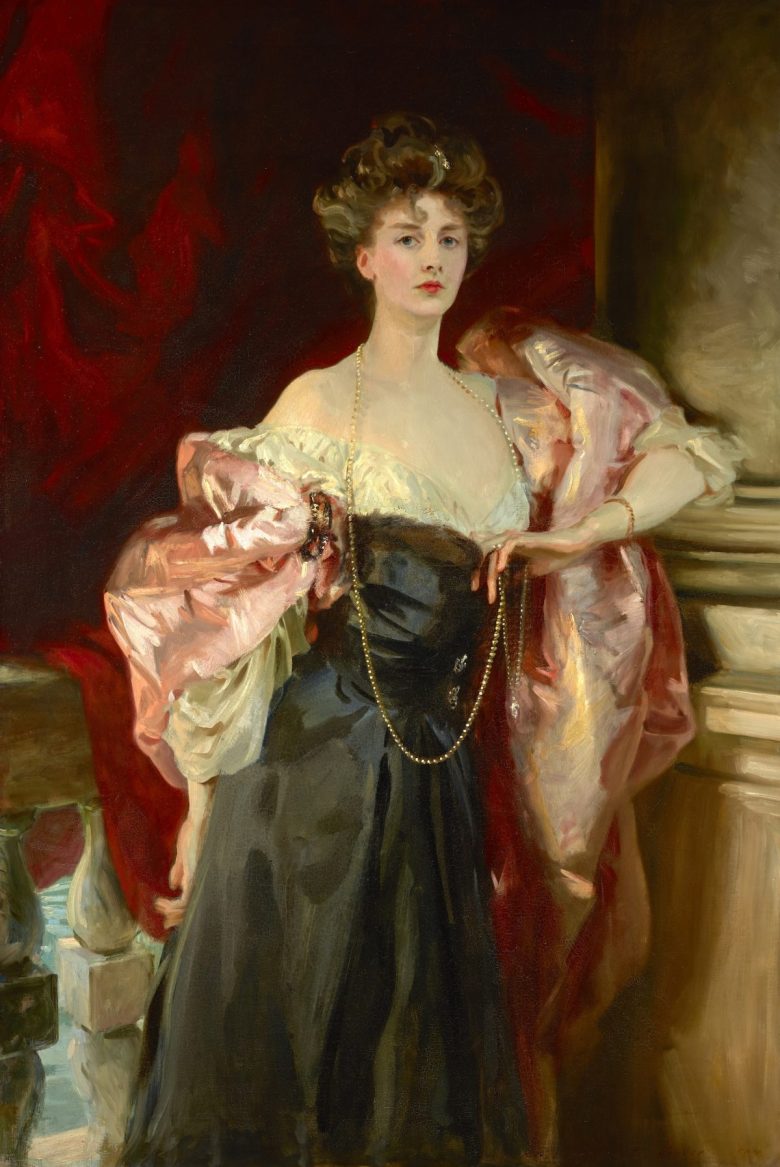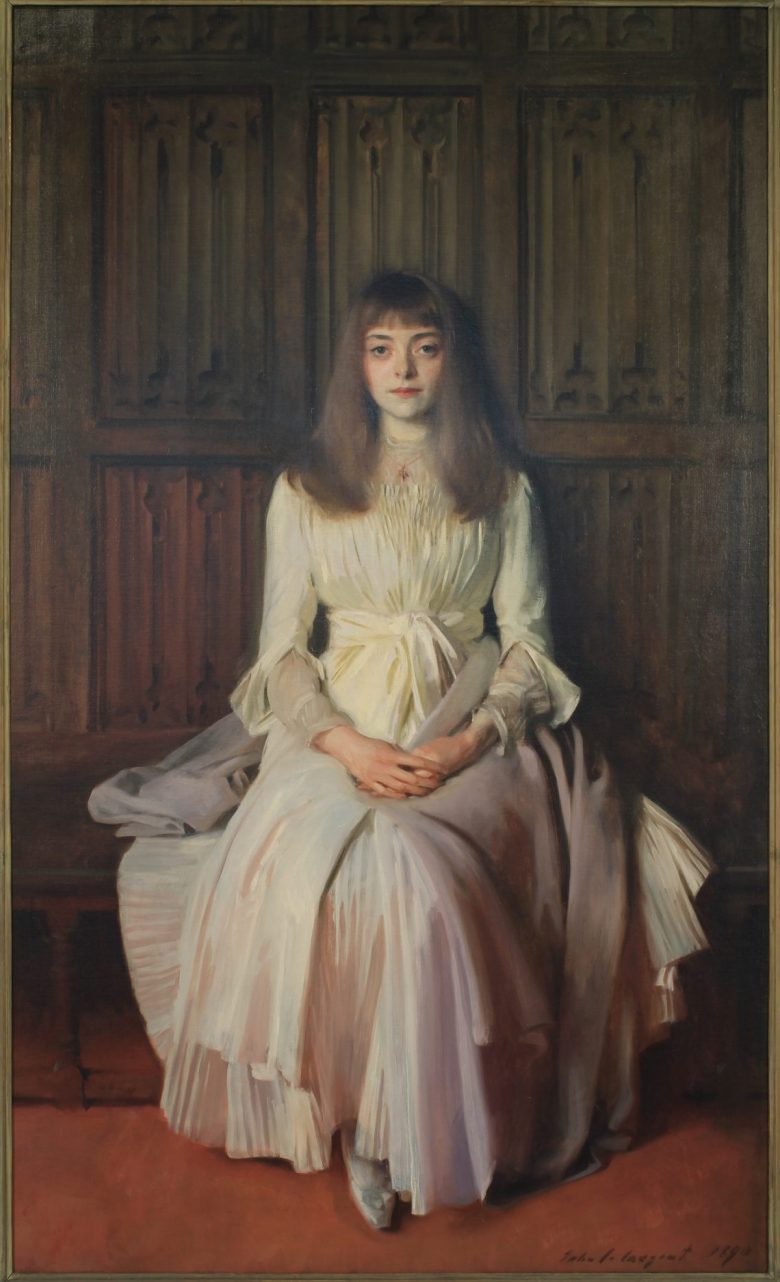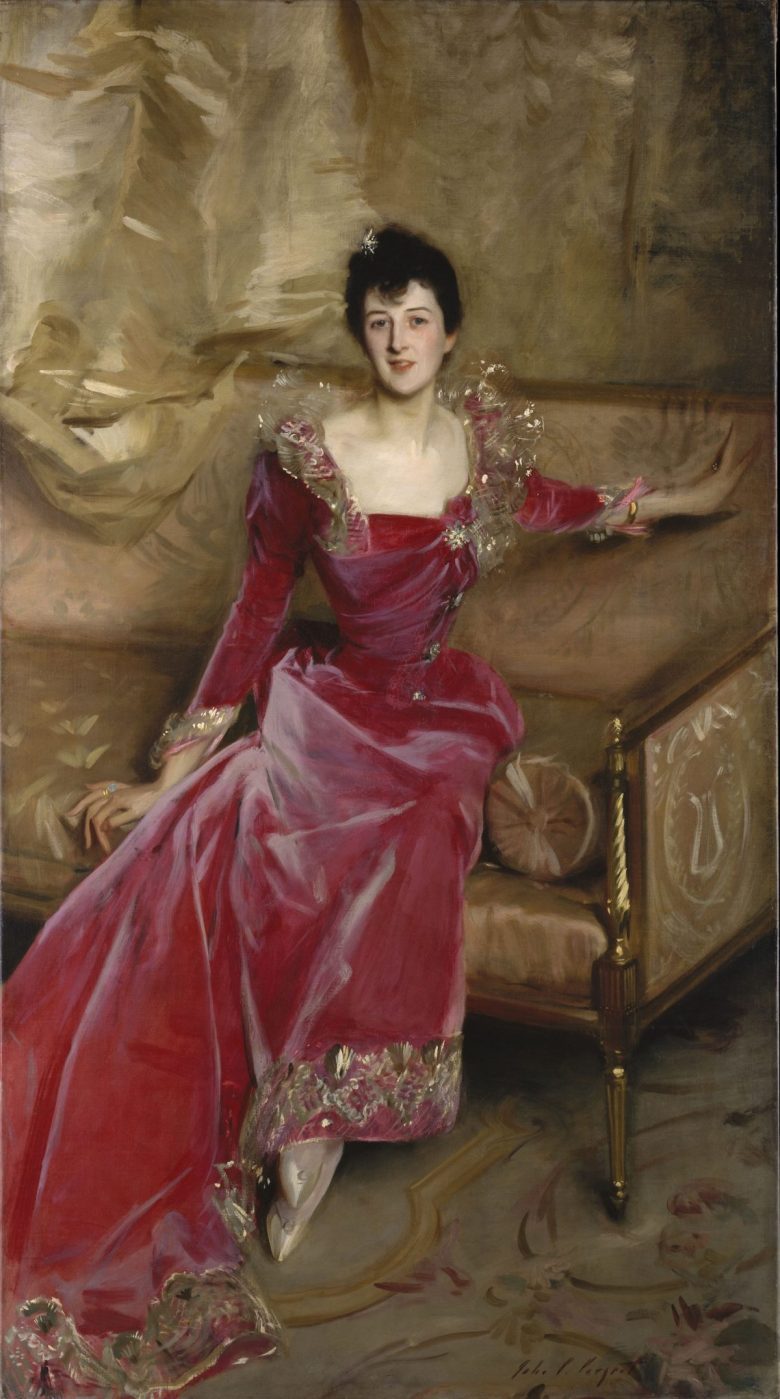
LONDON — “Will we ever be tall enough to model for Singer Sargent?” another critic asks me. We size each other up. Unlikely. By comparison with all this — I make a gesture — we are a pair of scuttling sewer rats, are we not?
Yes, I am walking steadily through several well-appointed London galleries at Tate Britain full of paintings of undeniable technical mastery, for the most part, by John Singer Sargent, that man, born in Italy of North-American parentage, with the most mellifluous of names. They are defined by much dazzle and glitter, full of posing and posturing, the pure fabrication that embodies expensive and fashionable portraiture.
Are these portraits about which we feel anything? Or are they utterly soulless?
Most are of women. The representations are made to please and to flatter. The sitters, needless to say, were all rich enough to employ him — the nouveau riches or (less often) the aristocratic, though it hardly matters. The studio is in a fashionable location: Tite Street, Chelsea. The man who lives across from him is called Wilde, Oscar. They both move in those kinds of circles.

Was Sargent an insufferable snob? I think back for a moment to a recent visit to my hometown of Sheffield, where I had looked into Weston Park Museum, which stands high on a hill just above the oldest buildings of Sheffield University. A single painting by Sargent lives in Sheffield, a portrait of the daughters of a local industrialist called Vickers.
Sargent had clearly hated the task of painting working classes of this kind. He was so accustomed to mingling with toffs. He wrote to a friend in 1884, in anticipation of this commission, with unconcealed contempt. “I am to paint several portraits in the country and three ugly young women of Sheffield, dingy hole.”
Were they really “uglier” than most of the other Lady Mucks in these rooms?

As a fashionable portraitist, three matters preoccupy him: One, how the sitters (or standers) present themselves within the frame of the canvas; two, how they recline or wilt or fold themselves over a chaise lounge (or perhaps stand rigid, if the subject is a dandy and he needs to relate meaningfully to a cane, for example); and then there is the question of how Sargent covers their nakedness. Mostly with costly fabrics — quite a few of the original adornments are on display so you can compare them with what the artist makes of them. Bunched-up, fold-over fabrics can be a handy way of disguising a pregnancy, as many of his sitters did. It is the face that counts most of all, of course, the winning look, the yearning to be forever ravishing.
His great weakness tends to be hands. They too often look porcine, stubby, or over-long, fingers poorly articulated. Or even awkwardly lopped off. Had he never really noticed how a finger is articulated by its joints? Did he not care? Or could he not do it? Take a careful look at the way in which he terminates the right hand of “Madame X” (Virginie Gautreau, an American resident in France), painted in 1883–84, for example. It is an act of hideous butchery, brisk abattoir work. He performs the same butchery on the hand of one of the “ugly young women” in Sheffield. But they lived in a dingy hole, said Sargent, and therefore deserved it. The travel up North must have been so inconvenient.




Sargent and Fashion continues at Tate Britain (Millbank, London, England) through July 7. The exhibition was curated by James Finch, with Assistant Curator Chiedza Mhondoro. A curator’s tour and exhibition talk will take place on March 15.
Source: hyperallergic.com




